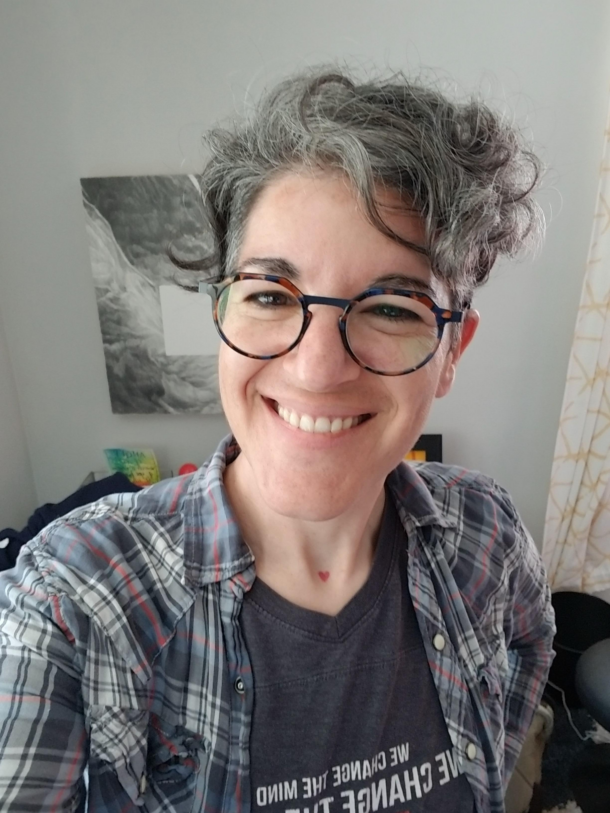I recently saw a wasp for the first time this season. It buzzed past us as we ate lunch in the yard and I watched as it flew away, relieved that it didn’t hang out for a sniff or whatever it is they do to process their environment.
Though I have long been training myself to not react to wasps, I am afraid of them and their stinging brethren. I do that strange ducking dance when they come around me – I don’t want to but my body just moves itself to try to avoid their tiny hypodermic-tipped bodies. I’m not even terribly allergic; I know that a sting is a short-term experience of discomfort. And yet I go into flight mode the moment they’re buzzing around me.
Butterflies, on the other hand, I make space for. I saw my first butterfly of the season recently, too, and watched it intently as it checked out the early buds popping up on limbs and stalks. In one home where I lived, we planted an array of butterfly bushes just for the sake of enjoying their fluttering presence all the more.
So, too, with emotions. As with the wasp, we tend to dodge challenging emotions. When one alights, we might quickly and even unconsciously turn toward our go-to numbing mechanism – exercise, work, streaming, food, booze, whatever. We might shape our lives around dodging wasp interactions by avoiding the harder news of the world or people we find challenging or painful memories. We can even have some measures of success in our avoidance, at least for a time. Enough dancing around wasps, though, and we’re liable to eventually step sideways off a porch or twist an ankle – or, to be more literal, get bristly with a loved one about a minor infraction or develop anxiety about aspects of regular life.
Alternately, with our precious stained-glass butterfly emotions – those yummy feel-goods – we tend to want to hold onto them as long as possible, to keep them close so that we can enjoy them as long as possible, preferably always. We might get out our butterfly nets and mason jars with holes poked in the lid; we might keep buying things in the hopes of a continuous-enough succession of brief zings of delight to create a continuous sensation of happiness or put in place a sneaky internal demand that each outing, each vacation, each interaction with a loved one be deeply joyful or fulfilling or exciting.
Butterflies, though, are migratory. A trapped butterfly is therefore deprived of its natural flow of pollination and community, of its lifecycle. There is no joy, ultimately, to watch a trapped specimen of a butterfly fade and die in an artificial landscape.
And without wasps, there are no figs. No figs! If you’re a fig lover like me, that’s enough said.
There will be pain in these lives of ours, sometimes the sharp prick of an unpleasant interaction with a stranger, sometimes the emotional destruction of profound grief in any of its myriad iterations, with a whole lot of variation in-between.
If we were to ball up our fingers into white-knuckled fists in an attempt to avoid the waspy discomfort of life, the wasps would still circle us – I would still have plenty of opportunities to perform my herky-jerky trying-not-to-be-afraid dance – while the butterflies would float on for lack of finding a safe welcome to land.
Which is to say, we ultimately can’t avoid pain but we sure can reduce our own joy in the process of trying.
Instead, we can hold out our hands, palms up, fingers relaxed and open, creating space to be with whatever flutters our way, leaving space for whenever it might flutter on.
